Thomas Mort’s picnic train to Lithgow was first step in frozen food trade
FOR those familiar with Lithgow, pastoralist and wool auction entrepreneur Thomas Mort’s picnic train that left Central Station in September 1875, carrying frozen food for 300 people, was perhaps perplexing.
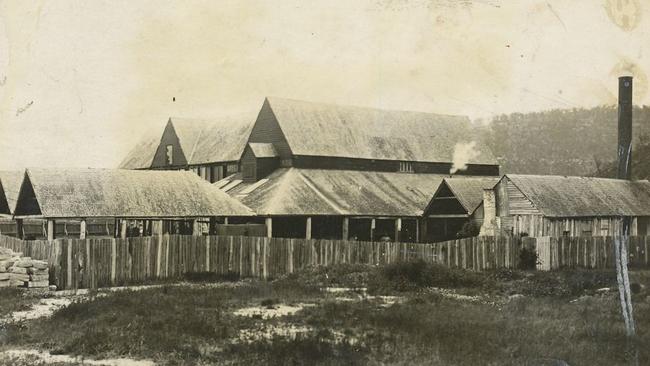
Today in History
Don't miss out on the headlines from Today in History. Followed categories will be added to My News.
FOR those familiar with Lithgow, pastoralist and wool auction entrepreneur Thomas Sutcliffe Mort’s picnic train that left Central Station 142 years ago carrying frozen food for 300 people was perhaps perplexing: in the chill mountain town, even in September ice could be a ready commodity.
But Mort’s train trip celebrated nine years of expensive and frustrating experimentation to devise a freezing technique capable of delivering perishable Australian produce to Britain without spoiling.
Today Mort’s great-great grandson David Mort, a Mudgee grazier, and Bettina Morris, a descendant of pastoralist August Morris who shared Mort’s enthusiasm, are recreating Mort’s picnic in the grounds of Hoskins Uniting Church at Lithgow.
Lunch will include defrosted meats and pies, with a traditional quince pie for dessert. “It’s the first time this has been done, and will likely be the last,” David says. “Our guests include some descendants of guests who dined at the original picnic.”
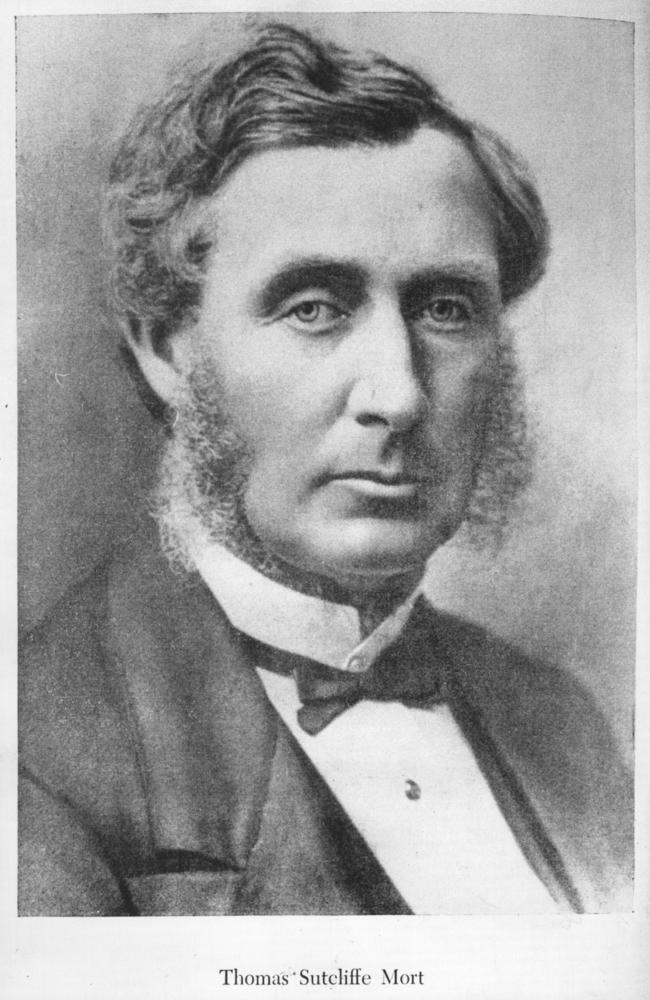
The train will reach Lithgow about noon, earlier than the original trip, which pulled in at 3pm on September 2, 1875. It left in the early evening, but David says a train breakdown delayed a return to Sydney until 3am next day. Guests at the first picnic included Colonial Secretary John Robertson, Legislative Council president John Hay and Sydney Mayor Benjamin Palmer, along with bank managers, and insurance and pastoral representatives.
“In fact it was admitted that no such wealthy and influential gathering was ever before witnessed at Lithgow Valley,” it was reported.
After explaining difficulties behind perfecting the freezing process, Mort told guests the beef they had eaten was killed at Bathurst in June, 1874, while the pigeon pie “contained Wonga pigeons which had been shot in March, 1874”. Admitting he and his colleagues, Morris and French-born scientist Eugene Nicolle, at times despaired after setbacks, Mort said he felt “there is no work in the world’s carpet greater than this in which I have been engaged. Its objects and aim may be summed up in few words: ‘There shall be no more waste’.”
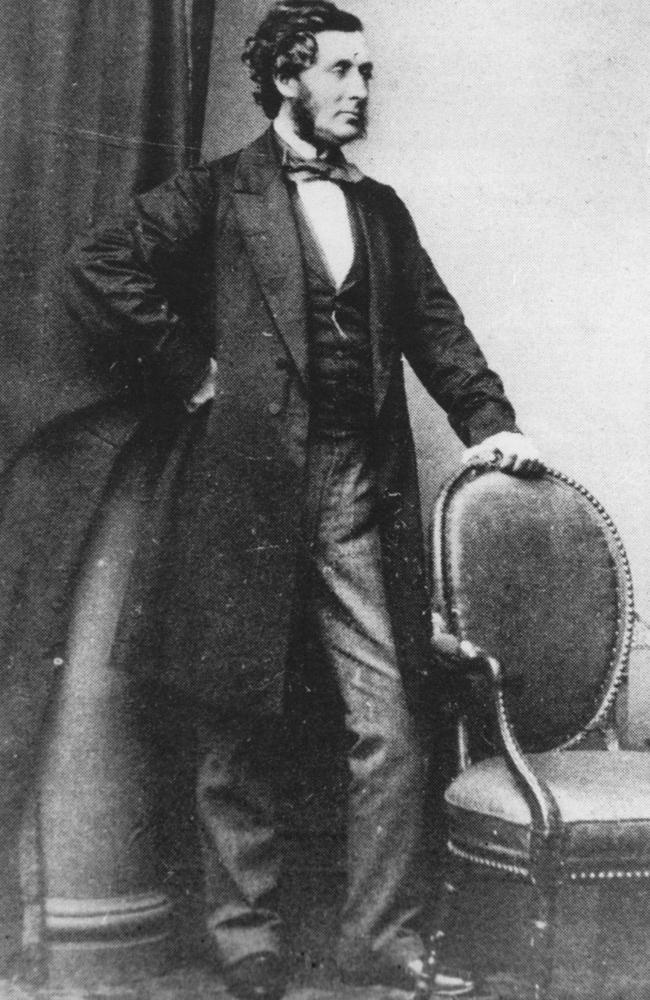
Since 1866 Mort had invested £100,000 in the Fresh Food & Ice Company at Darling Harbour, where he financed Nicolle’s experiments to liquefy ammonia as a refrigerant. In 1860 Nicolle had joined an ice-making venture that used compressed ether for freezing, invented by Geelong newspaper editor James Harrison. Harrison became interested in chilling after cleaning metal type with ether in the 1840s, noticing that ether chilled the metal. At the time, wealthy Sydneysiders relied on ice imported from the US. Harrison developed the first mechanical ice-making machine, which began operation in 1851 to ship ice from Melbourne, and secured patents on
a trip to England in 1856.
One of Harrison’s English-made machines was brought to Sydney in about 1859 by engineer Peter Russell’s P.N. Russell and Co. Russell and Harrison set up the Sydney Ice Company at Darlinghurst, advertising the “manufacture of ice upon an extensive scale” in 1860.
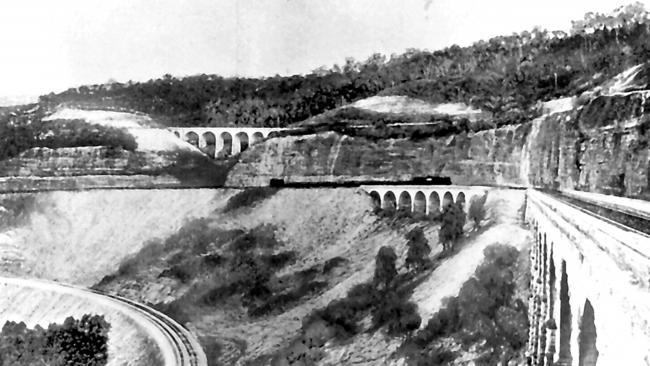
In 1862 Nicolle joined a group that bought out the Sydney Ice Company, possibly to end competition from Harrison’s ether method in favour of Nicolle’s method that used heat exchange by liquefaction of ammonia. By February 1863, the Sydney Ice Company used Nicolle’s new ammonia absorption process to make ice. Nicolle was introduced in 1865 to Morris, a proponent of what was then seen as “a grand scheme” to transport frozen sheep and cattle carcasses to England. Morris issued a circular in 1866 calling public investment in the freezing scheme, attracting Mort’s interest and financial resources.
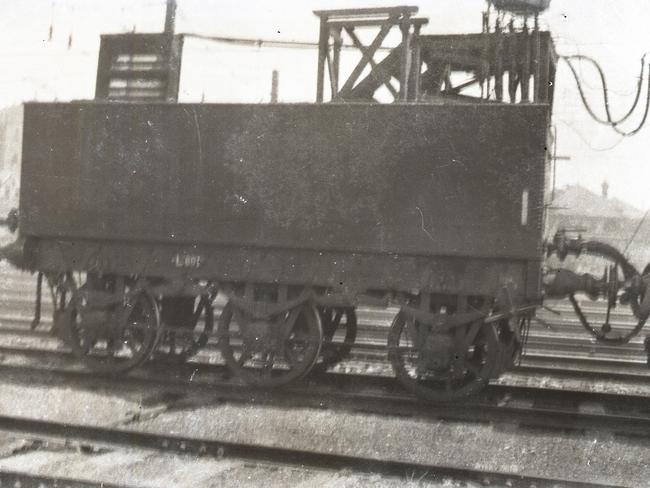
Born in Lancashire in 1816, Mort arrived in Australia in 1838 as a clerk with merchants Aspinall, Browne & Co, gaining broad commerce training. He opened Mort and Co in September 1843 as an auctioneer, and began regular sales that offered only wool, attracting specialised sellers and buyers. He auctioned livestock and pastoral property at specialised sales from the 1840s, also giving credit to selected purchasers. He later also provided finance for running expenses, and in the 1850s added facilities for growers to consign wool through him for sale in London, establishing the integrated services that formed the pattern for later wool-broking firms.
He also invested £80,000 to build Mort’s dry dock at Waterview Bay, Balmain, in 1855, and established cheesemaking on his dairy farms at Bodalla on the south coast.
His family say Mort had been fascinated by freezing since learning of mammoth bodies discovered in Siberian permafrost. He established a slaughterhouse and chilling works at Bowenfels, south of Lithgow, where animal carcasses were chilled for rail transport to Sydney, then frozen at Darling Harbour. Sadly Mort died in 1878, before his dream of shipping frozen meat to Britain was realised when the SS Strathleven made the voyage to London in February 1880.


